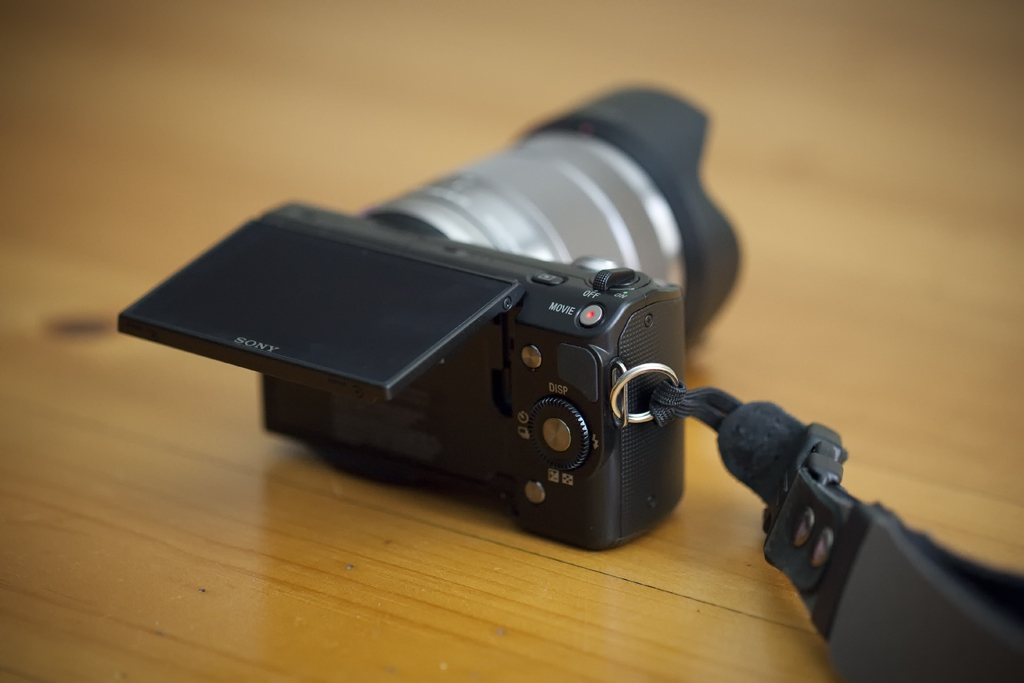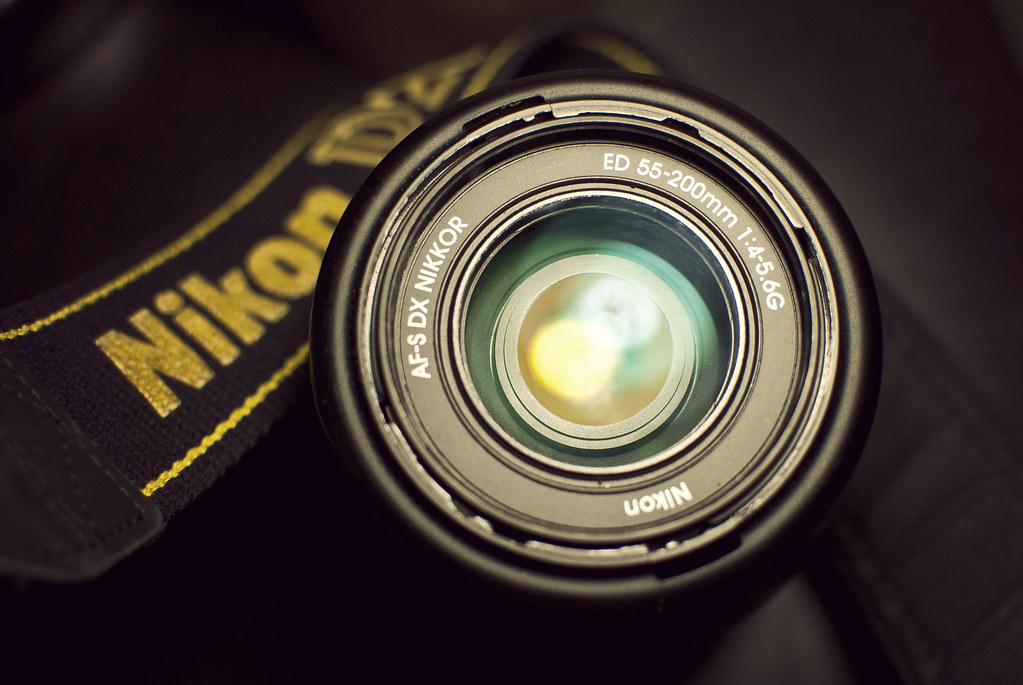Free Photography Bundle ($180 value): PS actions, LR presets, photo overlays, & print templates!
Get it here.
Kit lenses get a bad rap. It’s true, they aren’t usually the highest quality lenses available on the market, but that doesn’t mean they should be disregarded and given a bad name. Especially for newcomers to photography who are just learning the ropes. Heck, even more experienced photographers still find their kit lenses useful. Here are a few reasons you shouldn’t dismiss your kit lens just yet.
Versatility
First and foremost, kit lenses are surprisingly versatile. For example, the Nikkor 18-105mm f/3.5-5.6, that comes with many entry level Nikon bodies has a decent range of focal lengths. That means you have a wide angle lens and a telephoto lens in one easy to carry piece of gear. Speaking of easy to carry, kit lenses are generally pretty lightweight and compact. That’s an extremely nice feature to have during those times when you’ll be carrying your camera around for extended periods of time.
Save Money
If you’ve just picked up photography as a hobby, there isn’t too many reason why you should spend a small fortune on a bunch of pricey gear when you’re not even sure photography is going to be a hobby you are going to stick with. On top of that, if you’re just learning photography, you really don’t need a $1000 lens. It’s more important you spend time learning about exposure and composition. While you’re still learning the fundamentals, start tucking away some extra cash into a lens fund–that way, when you’re ready to upgrade from your kit lens, you’ll have a nice little nest egg to get the lens of your choice.
Limitations Can Be Helpful
There’s a lot to be said for learning how to make what you have available work for what you need it to do. Is your kit lens going to be ultra fast in low light conditions? No, probably not, but that’s okay. In a certain way, it’s even a good thing. It will lead you to discovering ways to compensate for it’s weaknesses, by acquiring a deeper working knowledge of things like ISO, shutter speed, and exposure compensation.
Forget What You’ve Heard
Never mind all that internet chatter you’ve read advising you to distance yourself far, far away from your kit lens. Though they may not offer the crystal clear sharpness and gazelle like speed of some of your more expensive prime lenses, they are beyond capable of taking sharp photos. The old saying “It isn’t about the gear, it’s about the photographer” holds true. There is no shame in shooting with a kit lens–many great photographers learned the ropes shooting with one! Remember, a good photographer can take good photos regardless of what equipment they have.
Camera manufacturers and retailers want to maximize their profits, so they’re likely going to push more expensive lenses in your direction. Though there is a lot to be said for a nice art lens or high quality prime or telephoto lens, in many instances your kit lens will still be able to get the job done. So don’t immediately give into the pressure to upgrade. Give yourself some time to develop your personal photography style. Then, when you’re ready, go shopping for the specialty lens of your liking.





